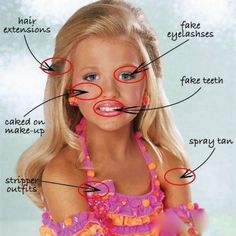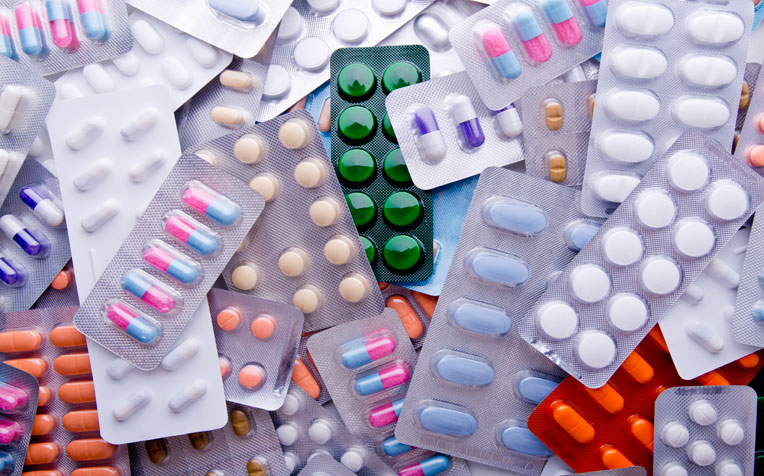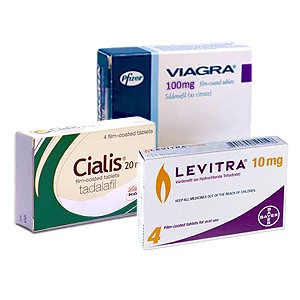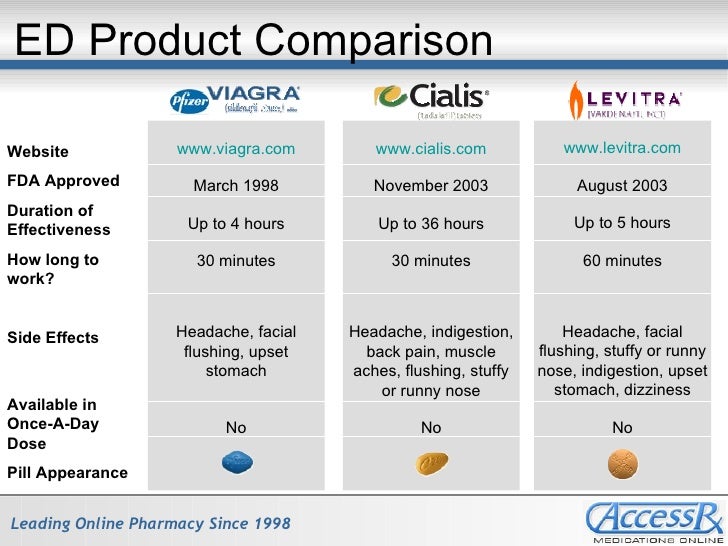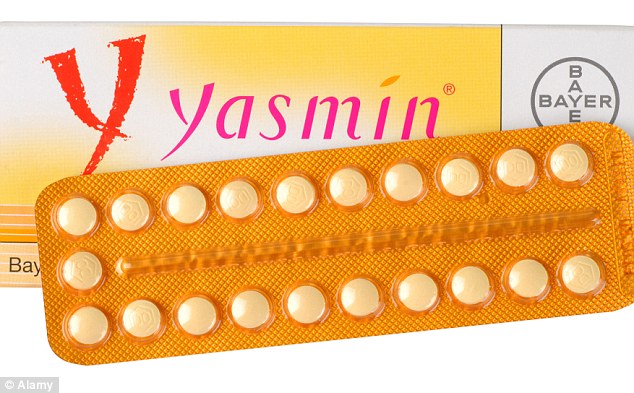

A new study has linked the use of PPIs - drugs that treat heartburn - to greater risk of ischemic stroke.
In a study of almost 245,000 Danish adults, researchers found the risk of ischemic stroke was increased by a fifth with the use of proton pump inhibitors (PPIs).
PPIs work by reducing the amount of acid produced in the stomach, thereby reducing the "backing up" of stomach acid into the esophagus - a condition known as heartburn. Someone who has heartburn more than twice a week may have gastroesophageal reflux disease (GERD).
Lead study author Dr. Thomas Sehested, of the Danish Heart Foundation in Copenhagen, Denmark, recently presented his findings at the American Heart Association's Scientific Sessions 2016, held in New Orleans, LA.
Ischemic stroke occurs when the artery that supplies the brain with oxygen-rich blood becomes blocked, usually by a blood clot. Ischemic stroke is the most common form of stroke, accounting for around 85 percent of all strokes.
Dr. Sehested and colleagues note that previous studies have associated PPI use with vascular impairment, which led the scientists to investigate whether the drugs might raise the risk of ischemic stroke, "especially given their increasing use in the general population," notes Dr. Sehested.
Ischemic stroke risk 21 percent higher with PPI use
To reach their findings, the team analyzed data of 244,679 adults from Denmark - of an average age of 57 years - who underwent endoscopy to pinpoint the causes of their stomach pain or indigestion.
During an average of 6 years of follow-up, 9,489 patients experienced a first-time ischemic stroke.
The researchers assessed patients' use of one of four PPIs - omeprazole (Prilosec), pantoprazole (Protonix), lansoprazole (Prevacid), and esomeprazole (Nexium) - and looked at whether this was associated with ischemic stroke risk.
Overall, the team found that patients were at 21 percent greater risk of ischemic stroke when they were using PPIs, compared with when they were not using the drugs.
There was little or no greater risk of stroke with low doses of PPIs, the researchers report, and another group of medications used to treat heartburn - called H2 blockers - were not linked to increased stroke risk.
Looking at stroke risk among the highest doses of each of the four PPIs, the researchers found pantoprazole fared worst, increasing the risk of ischemic stroke by 94 percent.
Study 'questions the cardiovascular safety of PPIs'
The researchers accounted for a number of possible confounding factors, including age, gender, high blood pressure, atrial fibrillation, and use of medications that have been linked to poorer cardiovascular health.
Because the study is purely observational, the researchers are unable to prove cause and effect between PPI use and increased stroke risk. Still, they believe the results suggest patients should be cautious about using the drugs, many of which are now available over the counter.
Dr. Sehested notes that doctors should also apply caution when deciding whether to prescribe PPIs to patients and for how long. "We know that from prior studies that a lot of individuals are using PPIs for a much longer time than indicated, which is especially true for elderly patients," he adds.
The team concludes that a randomized, controlled trial of the association between PPI use and the risk of cardiovascular disease is needed.





